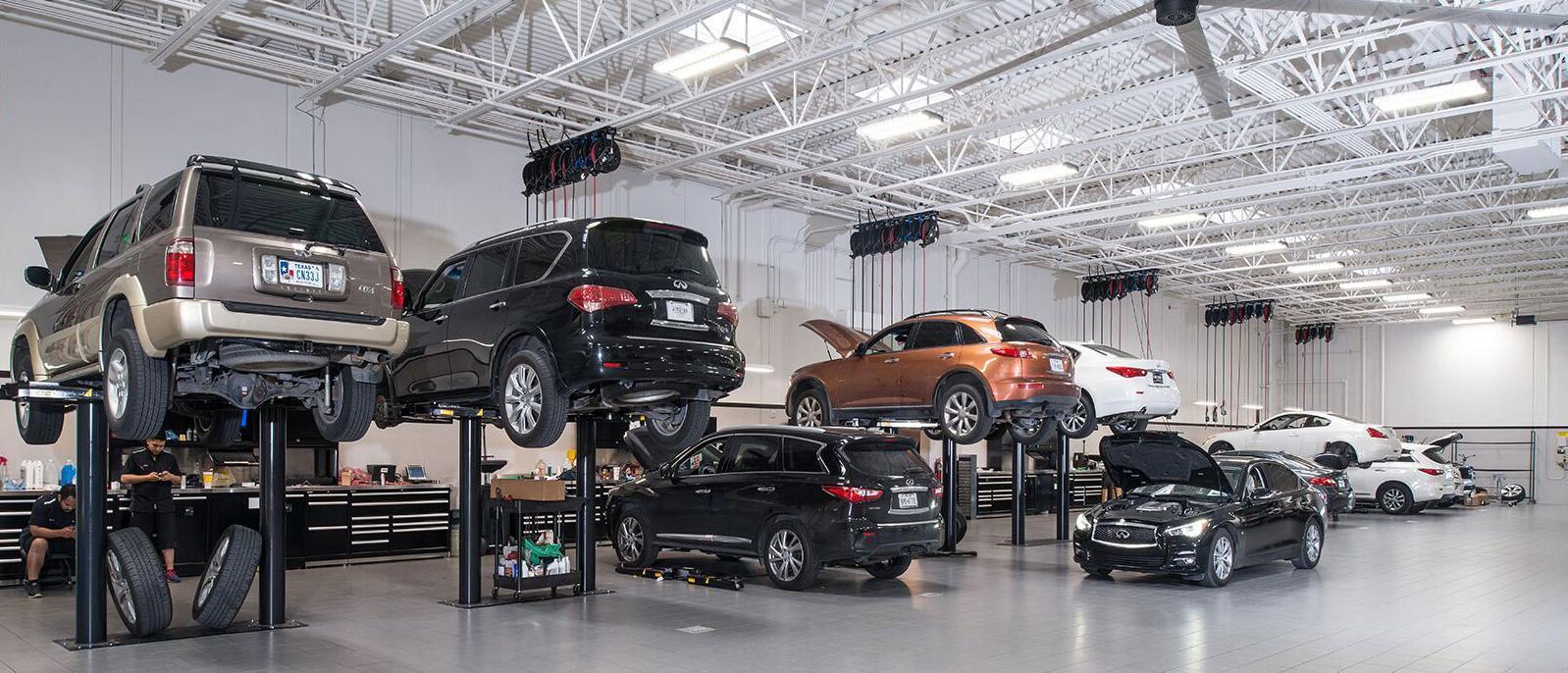All Categories
Featured
When your car begins to get too hot, it can be a frightening and stressful circumstance. Comprehending exactly how to respond in these minutes and taking actions to prevent future overheating can assist safeguard your car and avoid costly repair services. Below's what to do if your car overheats and exactly how to prevent it from taking place again.
What to Do If Your Cars and truck Gets too hot. Pull Over and Shut Off the Engine The first thing you ought to do if your auto starts to get too hot is to draw over to a safe area, such as a car parking lot or the shoulder of the roadway. Switch off the engine promptly to stop further damages. Running an overheated engine can create irreparable damages to the interior parts, consisting of the radiator and cylinder heads.
Enable the Engine to Cool Down After switching off the engine, give it time to cool. Opening up the hood can assist launch warmth, however be mindful as the engine and bordering locations might still be exceptionally warm. Wait a minimum of 15-20 mins prior to attempting any more actions.
Inspect the Coolant Degree Once the engine has actually cooled down, inspect the coolant degree. Never ever open up the radiator cap while the engine is hot, as this might cause warm coolant to spray and shed you.
Evaluate for Leakages or Damaged Tubes While you are evaluating the coolant degree, check for any visible leakages or damaged hoses under the hood. Split or damaged tubes can create coolant to leakage out, leading to an overheating engine. If you spot any type of issues, you may require to ask for roadside aid or a tow to get the automobile to a mechanic.
Call for Assistance If you can't identify the root cause of the getting too hot or the concern persists after complementing the coolant, it's best to ask for roadside aid. Driving with an overheated engine can trigger serious damages to your car and leave you stranded.
![]()
Just How to stop Your Auto from Overheating. Check Coolant Degrees Frequently One of the major causes of getting too hot is low coolant degrees. Make it a habit to examine your coolant degrees frequently and cover them off if needed. Refer to your lorry's guidebook for the recommended coolant mixture and maintenance periods.
Inspect Your Radiator Your radiator plays a vital function in maintaining the engine cool. Ensure there are no obstructions or particles blocking air flow via the radiator. If your radiator is clogged or harmed, it might not work properly, bring about getting too hot.
Maintain Your Cooling System The cooling down system ought to be purged and replenished regularly. With time, coolant can end up being contaminated or shed its efficiency. Follow the maker's referrals for flushing the system, normally every 30,000 to 50,000 miles.
Screen the Thermostat and Water Pump The thermostat regulates the temperature of the engine, while the water pump flows coolant with the engine. If either of these elements stops working, it can trigger the engine to overheat. Have your auto mechanic check the thermostat and water pump throughout routine upkeep.
Prevent Overwhelming the Lorry Overloading your lorry, particularly on hot days or lengthy journeys, can strain the cooling and the engine system. Bear in mind your lorry's weight limits and try to stay clear of lugging heavy lots, especially when driving in extreme temperatures.
Drive with Treatment Aggressive driving, such as speeding or rapid velocity, can increase engine tension and warmth production. Slow down, particularly on warm days or when increasing high inclines, to reduce the risk of overheating.
![]()
Verdict. Knowing what to do if your vehicle gets too hot can stop additional damages to your engine and assist you manage the scenario safely. By on a regular basis checking your coolant levels, evaluating the radiator and tubes, and keeping the air conditioning system, you can minimize the threat of overheating. With aggressive care and correct upkeep, your automobile will remain in good problem, guaranteeing you stay risk-free and stay clear of pricey repair services down the roadway.
What to Do If Your Cars and truck Gets too hot. Pull Over and Shut Off the Engine The first thing you ought to do if your auto starts to get too hot is to draw over to a safe area, such as a car parking lot or the shoulder of the roadway. Switch off the engine promptly to stop further damages. Running an overheated engine can create irreparable damages to the interior parts, consisting of the radiator and cylinder heads.
Enable the Engine to Cool Down After switching off the engine, give it time to cool. Opening up the hood can assist launch warmth, however be mindful as the engine and bordering locations might still be exceptionally warm. Wait a minimum of 15-20 mins prior to attempting any more actions.
Inspect the Coolant Degree Once the engine has actually cooled down, inspect the coolant degree. Never ever open up the radiator cap while the engine is hot, as this might cause warm coolant to spray and shed you.
Evaluate for Leakages or Damaged Tubes While you are evaluating the coolant degree, check for any visible leakages or damaged hoses under the hood. Split or damaged tubes can create coolant to leakage out, leading to an overheating engine. If you spot any type of issues, you may require to ask for roadside aid or a tow to get the automobile to a mechanic.
Call for Assistance If you can't identify the root cause of the getting too hot or the concern persists after complementing the coolant, it's best to ask for roadside aid. Driving with an overheated engine can trigger serious damages to your car and leave you stranded.

Just How to stop Your Auto from Overheating. Check Coolant Degrees Frequently One of the major causes of getting too hot is low coolant degrees. Make it a habit to examine your coolant degrees frequently and cover them off if needed. Refer to your lorry's guidebook for the recommended coolant mixture and maintenance periods.
Inspect Your Radiator Your radiator plays a vital function in maintaining the engine cool. Ensure there are no obstructions or particles blocking air flow via the radiator. If your radiator is clogged or harmed, it might not work properly, bring about getting too hot.
Maintain Your Cooling System The cooling down system ought to be purged and replenished regularly. With time, coolant can end up being contaminated or shed its efficiency. Follow the maker's referrals for flushing the system, normally every 30,000 to 50,000 miles.
Screen the Thermostat and Water Pump The thermostat regulates the temperature of the engine, while the water pump flows coolant with the engine. If either of these elements stops working, it can trigger the engine to overheat. Have your auto mechanic check the thermostat and water pump throughout routine upkeep.
Prevent Overwhelming the Lorry Overloading your lorry, particularly on hot days or lengthy journeys, can strain the cooling and the engine system. Bear in mind your lorry's weight limits and try to stay clear of lugging heavy lots, especially when driving in extreme temperatures.
Drive with Treatment Aggressive driving, such as speeding or rapid velocity, can increase engine tension and warmth production. Slow down, particularly on warm days or when increasing high inclines, to reduce the risk of overheating.

Verdict. Knowing what to do if your vehicle gets too hot can stop additional damages to your engine and assist you manage the scenario safely. By on a regular basis checking your coolant levels, evaluating the radiator and tubes, and keeping the air conditioning system, you can minimize the threat of overheating. With aggressive care and correct upkeep, your automobile will remain in good problem, guaranteeing you stay risk-free and stay clear of pricey repair services down the roadway.
Latest Posts
Check Out Exceptional Vehicle Maintenance Services at Montclare Auto Repair – Quality Service Today
Published May 28, 25
1 min read
Specialist Residential Roofing Solutions You Can Trust
Published May 22, 25
1 min read
Shield and Beautify Your Home with Weathercraft's Exterior siding Providers
Published May 21, 25
1 min read
More
Latest Posts
Check Out Exceptional Vehicle Maintenance Services at Montclare Auto Repair – Quality Service Today
Published May 28, 25
1 min read
Specialist Residential Roofing Solutions You Can Trust
Published May 22, 25
1 min read
Shield and Beautify Your Home with Weathercraft's Exterior siding Providers
Published May 21, 25
1 min read